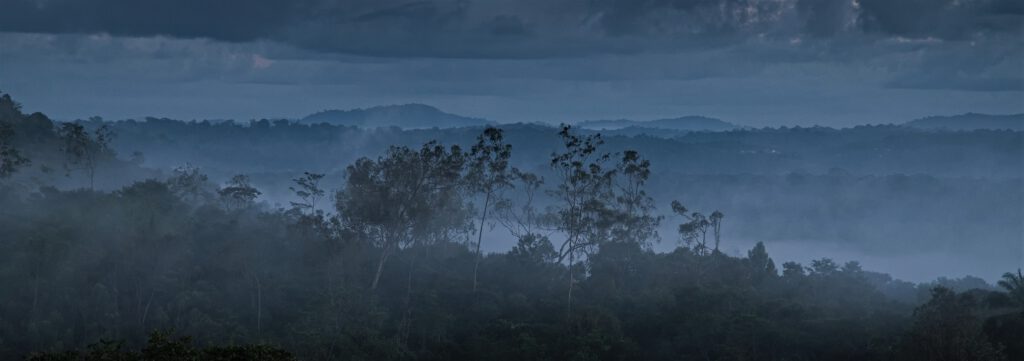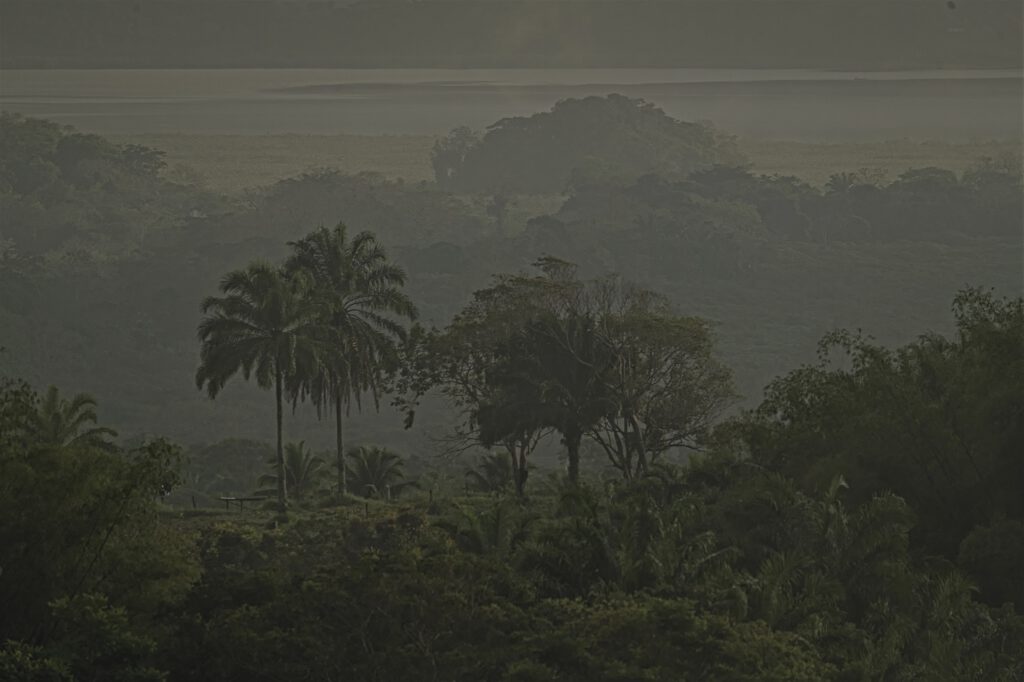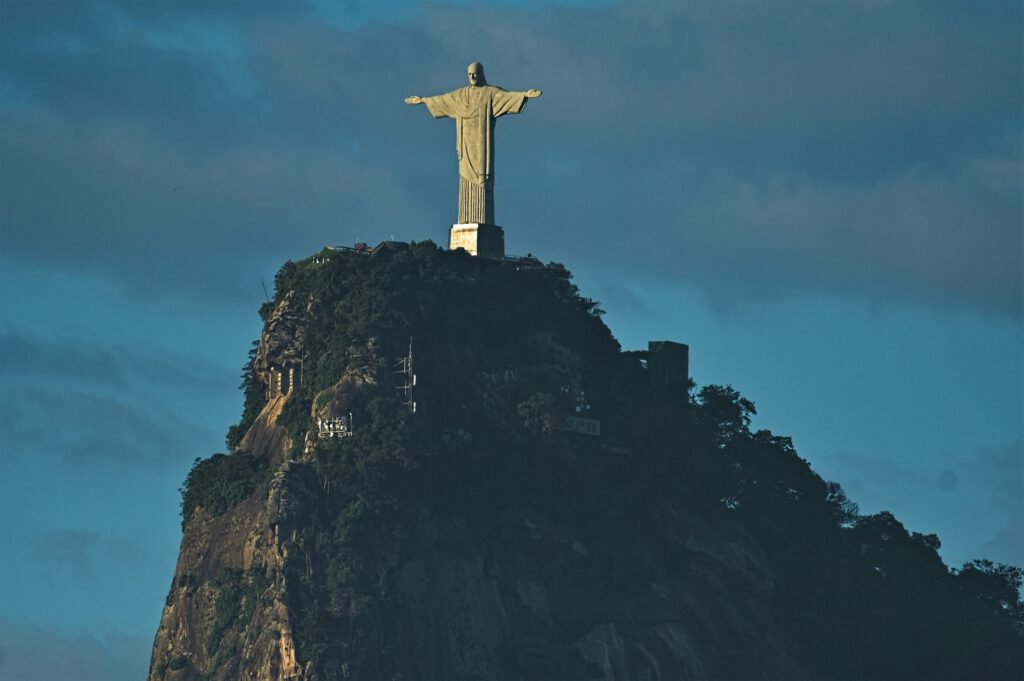The Atlantic Coastal Rainforest, also known as Mata Atlântica, is one of the ten largest rainforest regions in the world, covering a total area of 8,000,000 hectares (as of 2023). While it ranks last in comparison (the Amazon Rainforest ranks first with 526,000,000 hectares – as of 2023), it is one of the most significant tropical rainforests due to its biodiversity and at the same time, it faces strong threats.

View into the Atlantic Rainforest, also known as Mata Atlântica (AR 09/2023)
Once, the Atlantic Coastal Rainforest covered a vast area of about 130,000,000 hectares along the entire eastern coast of Brazil. However, it became a victim of destruction and exploitation due to its easy accessibility from the Atlantic coast, starting with the discovery of Brazil by Europeans around 1500. Both the rainforest and its indigenous population were heavily impacted. The Brazilwood, found in this region, gave its name to the newly explored land (Terra Brasilis).


The largest indigenous group that once lived in the rainforests along the eastern coast (in present-day state of Espirito Santo) were the Tupiniquim (Tupi) with a population of up to 1,000,000 people. After the arrival of European settlers in 1500, they were fought against and greatly affected by introduced diseases like smallpox. As a result, their population declined significantly. (Tupi population in 2014: 2,901).